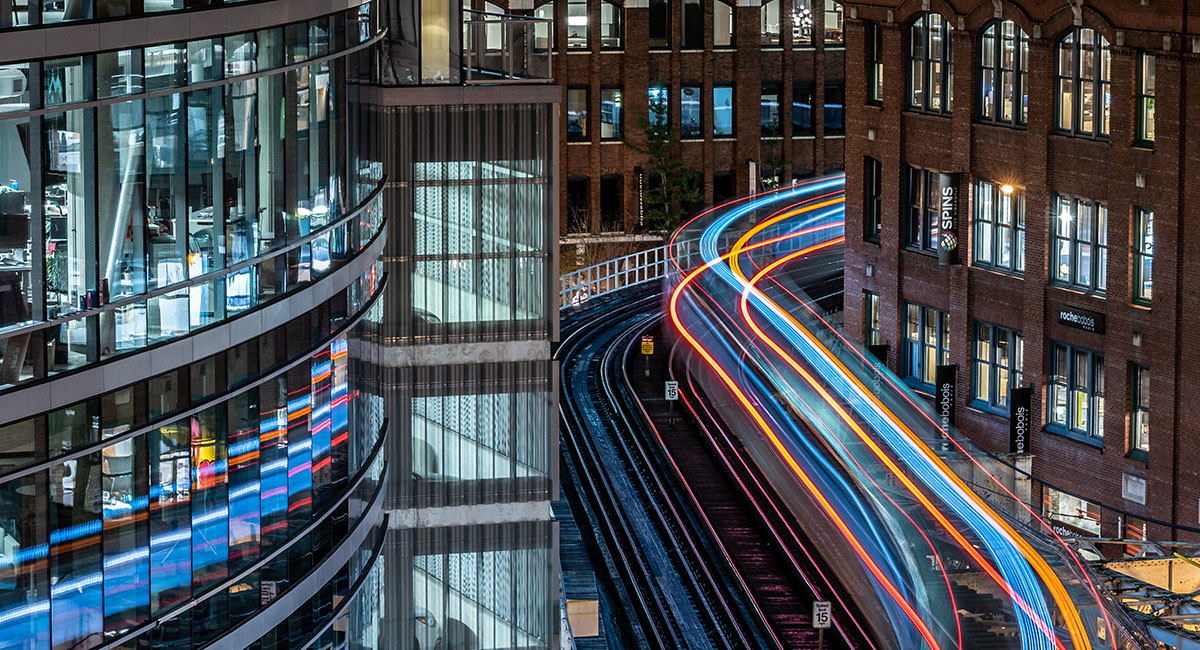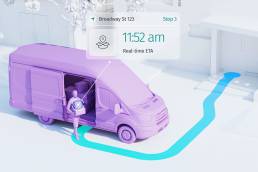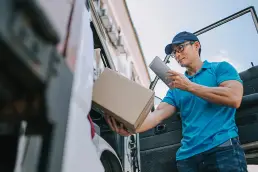The delivery market is not only growing rapidly; it is also proving highly dynamic. E-commerce has driven much of this growth and the COVID-19 pandemic has served to turbocharge an already expanding sector.
Companies will undoubtedly be keen to maintain the momentum that they have built up in the last year but competition will be fierce. Increasingly, last-mile services are acting as a key differentiator for major eCommerce firms and start-ups alike – but these too are far from static, incorporating innovation from across the business world. Below, we’ve highlighted eight of the last-mile delivery trends that are set to re-shape the sector for years to come.
1. Faster fulfillment
Consumers have always wanted faster delivery times but in recent years expectations have skyrocketed. Initially driven by Amazon and their Prime next-day delivery service, many other brands and logistics providers have had to speed up delivery fulfillment in response. Millennial consumers, for example, are willing to pay a premium of up to 30 % for same-day delivery. Last-mile logistics will continue to play a key role in meeting these accelerating consumer demands and it will be up to businesses to keep pace.
2. Supply chain disruptors
Not too long ago, talk of the “Uberization” of business was the talk of almost every conference and LinkedIn post. While that hasn’t happened, there remains a belief that last-mile delivery is ripe for disruption by smaller, more innovative players. The introduction of app-based technologies to delivery processes is already underway and the introduction of third-party logistics (3PL) providers already carries some hallmarks of the Uberization process.
3. Self-service kiosks & pickup lockers
Customers don’t only want faster deliveries, they also want deliveries that are easier to fit into their everyday routines. Parcel lockers and self-service kiosks have begun appearing in towns and cities across the world to provide shoppers with a more convenient delivery option. For last-mile logistics providers, this often means making fewer deliveries and avoids the disruption of a customer not being at home.
4. New delivery pressures due to COVID-19
There’s been plenty of talk of the COVID-19 pandemic creating a “new normal” and that may certainly be the case with regard to last-mile delivery. Over the last 12 months, consumers have become accustomed to a higher volume of shipments, an uptick in contactless delivery, and placed greater emphasis on the overall customer experience. Logistics firms will need to manage these demands, as well as the concerns around congestion and environmental issues that gained renewed emphasis during the COVID crisis.
5. Smart tech for tracking
Not so long ago, consumers would not expect to know where their package was until it turned up at their door. This is not the case any longer. Last-mile delivery tracking can be used to monitor shipments in real-time, with customers receiving SMS messages, emails, and other notifications informing them of exactly where their delivery is. As the use of smart tech in last-mile delivery increases, logistics firms will be able to provide increasingly detailed tracking updates.
6. Data analytics
Last-mile delivery costs contribute a staggering 53% to the total cost of shipping. Analytics provides businesses with insights into what is causing these costs so that they can be acted upon. Data analytics can be used to measure inefficiencies throughout the supply chain, including the number of tasks completed, average time per task, distance covered, idle time, and more. With this information, you can make informed decisions about how to boost efficiency and lower costs.
7. IoT sensors
The Internet of Things (IoT) is set to impact a whole range of industries and last-mile delivery is no exception. IoT sensors are being installed on delivery trucks to send information back to a central monitoring system. Plus, there is a multitude of different types of information that can be sent. Delivery time, asset management, product verification, and quality assurance can all be enhanced through IoT, so customers receive a better delivery experience.
8. Self-driving trucks
Autonomous vehicles, including self-driving trucks, drones, and even robots, will change the face of last-mile logistics in the coming years. Although the technology still has some way to go before it achieves mass adoption (and regulatory hurdles will have to be overcome first), it promises faster, cheaper, and more reliable deliveries, regardless of where the customer is located.
Don’t get left behind
With the last-mile delivery space rapidly changing, don’t miss out on the fast-emerging trends that could enable you to better meet your customers’ needs. At Local Eyes, we have proven expertise in delivering effective location-intelligent solutions built upon the latest technological innovations.
Our high precision, real-time maps underpin many of the emerging trends listed above, from autonomous vehicles to data analytics.




